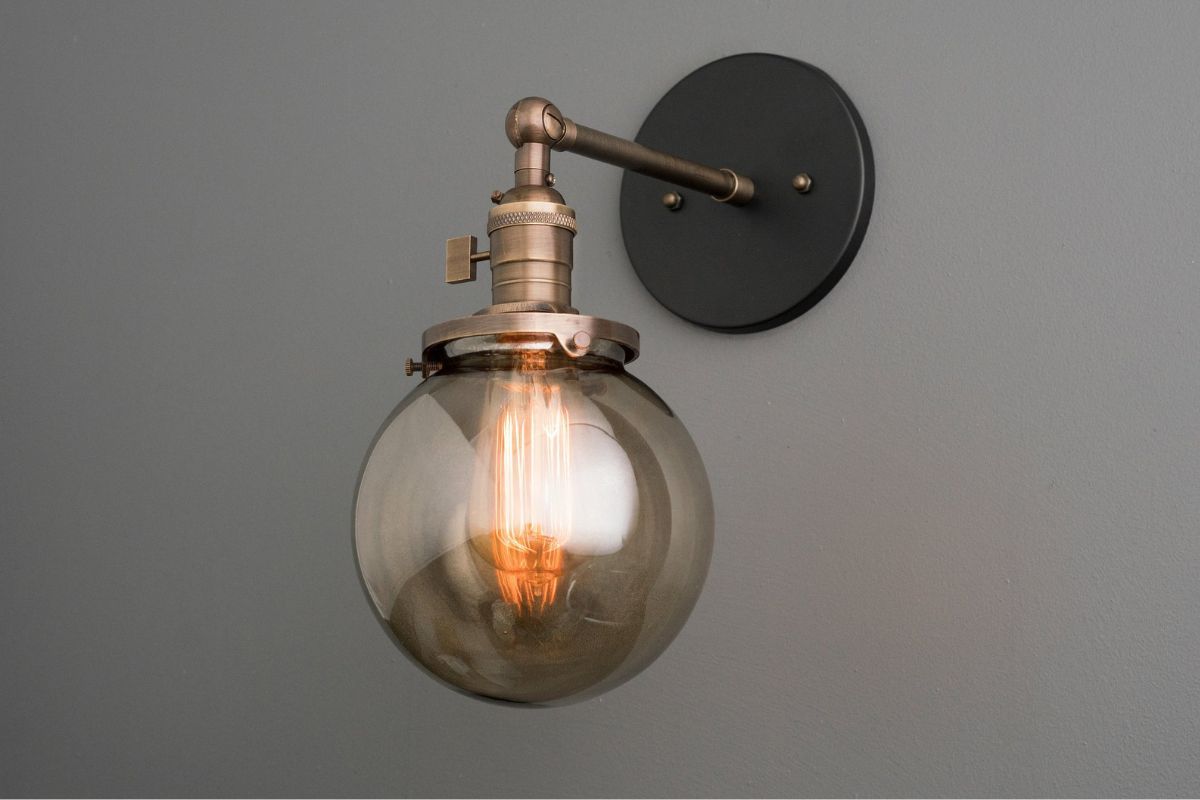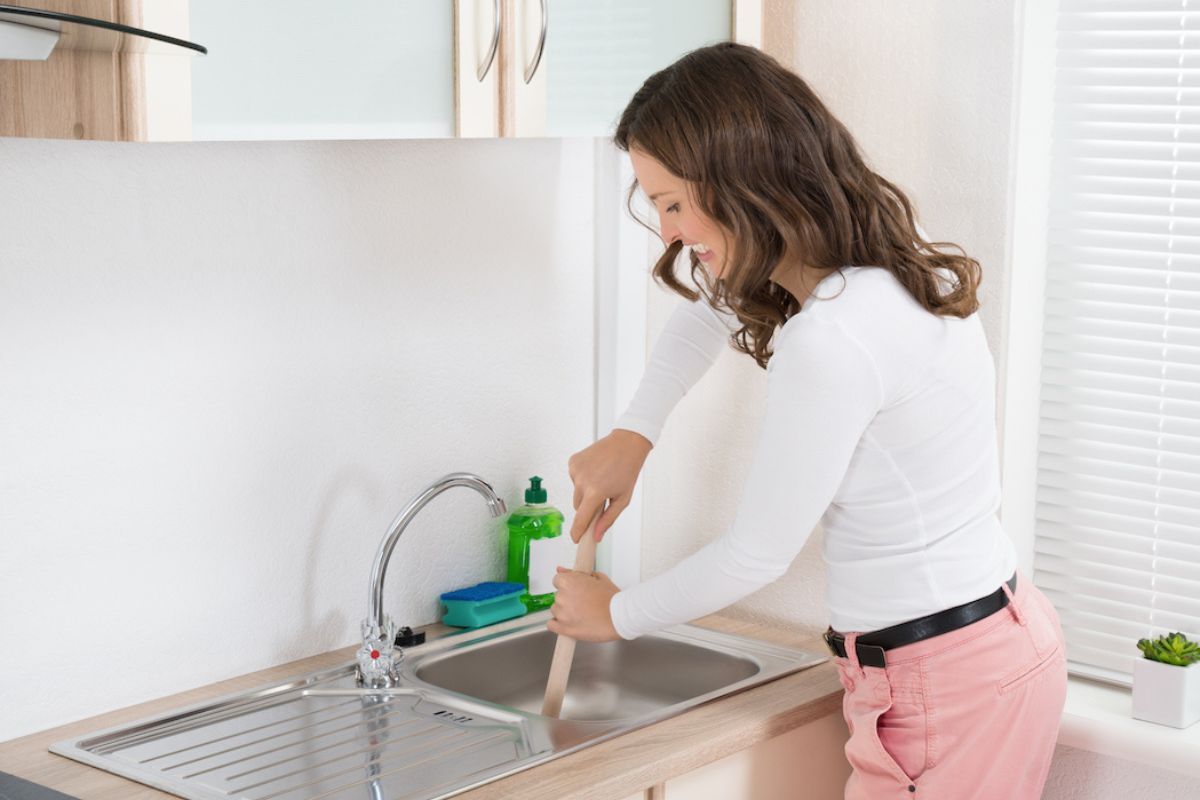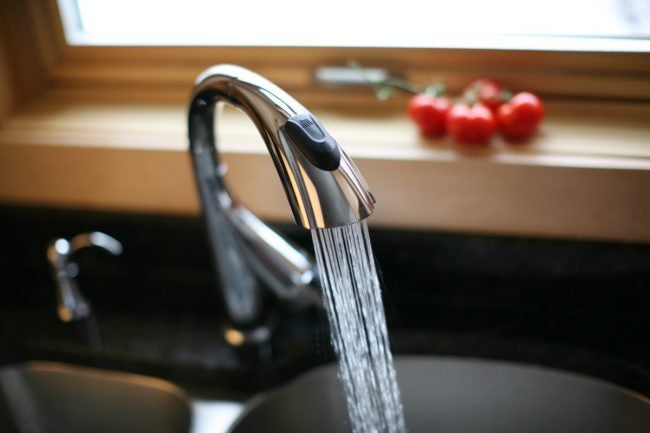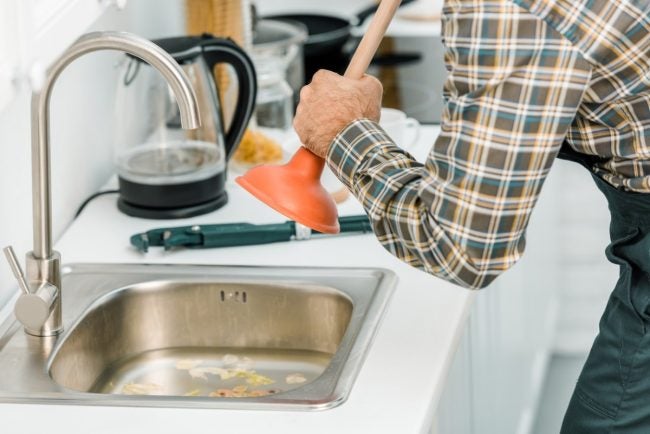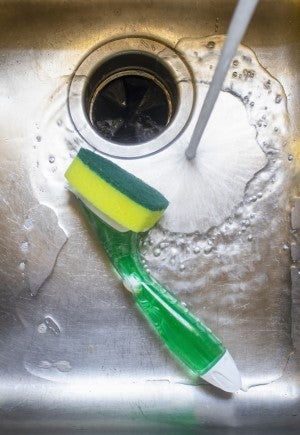Can you DIY a light fixture?
How To: Install a Light Fixture
Since my current residence is only half finished, there are a lot of fixture-less light boxes in the ceilings—which means I am tripping over tools in the middle of the night more often than I care to admit.
Electrical DIY projects are not a favorite of mine; probably a result of being shocked as a child by the current from a cut phone line (or perhaps the innate fear of sudden death by electrocution). But for simple electrical work around the house, a little knowledge and the right tools can make the work slightly less intimidating and—more importantly—less shocking.
GETTING STARTED
Here are a couple of things you should know about electricity and residential wiring before you get started.
– All electric power is fed through the meter to your breaker panel. If you shut something off at the panel there is no power to the wires or boxes in the house.
– Shutting something off at the switch does not necessarily mean that there is no power to the wires in the electrical box.
– When looking at wires, black or red is the current, white is neutral, and green or copper is ground.
– Don’t stick a bobby pin into an electrical outlet, even if your cousin dares you to.
What You’ll Need
To replace or install a light fixture, here’s what you’ll need:
– Voltage detector (not strictly necessary but highly recommended)
– Wire strippers
– Screwdriver
– Light fixture (a simple pull chain fixture is pictured but most fixtures install the same way)
– Work light/flashlight if working in an area without natural light
– Wire nuts (depending on your fixture)
INSTALLATION
Step 1: Shut off power
For some fixtures you can simply shut the power off at the switch, but I recommend always shutting power off at the breaker. If you’re lucky, the breakers on your electrical panel will be labeled. If not it’s a bit of a guessing game, shutting off breakers and then using the voltage detector to make sure the area you’re going to be working in isn’t “hot.” (The voltage detector will beep and light up when a current is present.) I always power down my computer before randomly flipping off breakers … just in case.
Step 2: Connect wires
A standard box for a light fixture will have three wires, a white (neutral), black (current), and copper (ground.)
A permanent fixture may have a plate that will be connected to the two screw holes on either side of the box, and I find it’s easier to have that done before connecting the wires (particularly on a heavy fixture that will need to be supported while wires are being connected.)
Wires may be connected to the fixture in different ways. In this case, the wires are wrapped around screws to make a connection. There may also be wires (of corresponding colors) in the fixture that would be connected to the ceiling wires with wire nuts.
In either case, use the wire stripper to remove 3/4″ of wire sheathing. To attach to screw connections, bend the wire into a U-shape, wrap around the screw, then crimp the wire closed and tighten the screw. (White wire to silver screw, black wire to gold screw, ground to green screw.)
To attach wires to wires, twist like-colored wires together and then twist a wire nut over them.
Step 3: Attach fixture to box
This simple pull-chain fixture was attached with two screws that go directly into the box, but you may also have just one screw directly on to the mounting plate. Once the fixture is mounted, install a light bulb, turn the breaker back on, and let there be light.
Source: https://www.bobvila.com/articles/how-to-install-a-light-fixture/
Carpet Cleaning & Rug Cleaning in Irving
At Miracle Steam we understand that the purchase of carpet for your home or office is a long-term investment. We know that finding reliable Carpet cleaning in Irving TX can be a challenge. That is why we focus on not only getting your business the 1st time, but every time you need your carpets cleaned. We also feel that it is our job to help you maximize your return on that investment.
Carpet Re-stretching and Repair
What do you do when normal wear and tear begins to take its toll on your carpet, or occasional accidents cause damage to face yarns or backings? Book an appointment today so we can examine the damage and come up an effective repair plan.
Tile & Grout Cleaning in Irving
Miracle steam provides tile and grout cleaning in Dallas. If you have dirty grout and tile in your foyer, kitchen, bath room, or hallway, we will clean your grout and tile to look like new.
Air Duct Cleaning in Irving
In the last ten years, the number of cases of allergies, asthma and lung disease has increased 72% due to poor indoor air quality, according to the American Lung Association. Book an appointment today!
Upholstery Cleaning Service in Irving
We provide upholstery cleaning anywhere in Dallas. Let us use our professional steam cleaning to make your sofa, chairs, and mattresses look like new.

